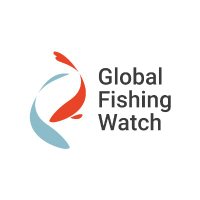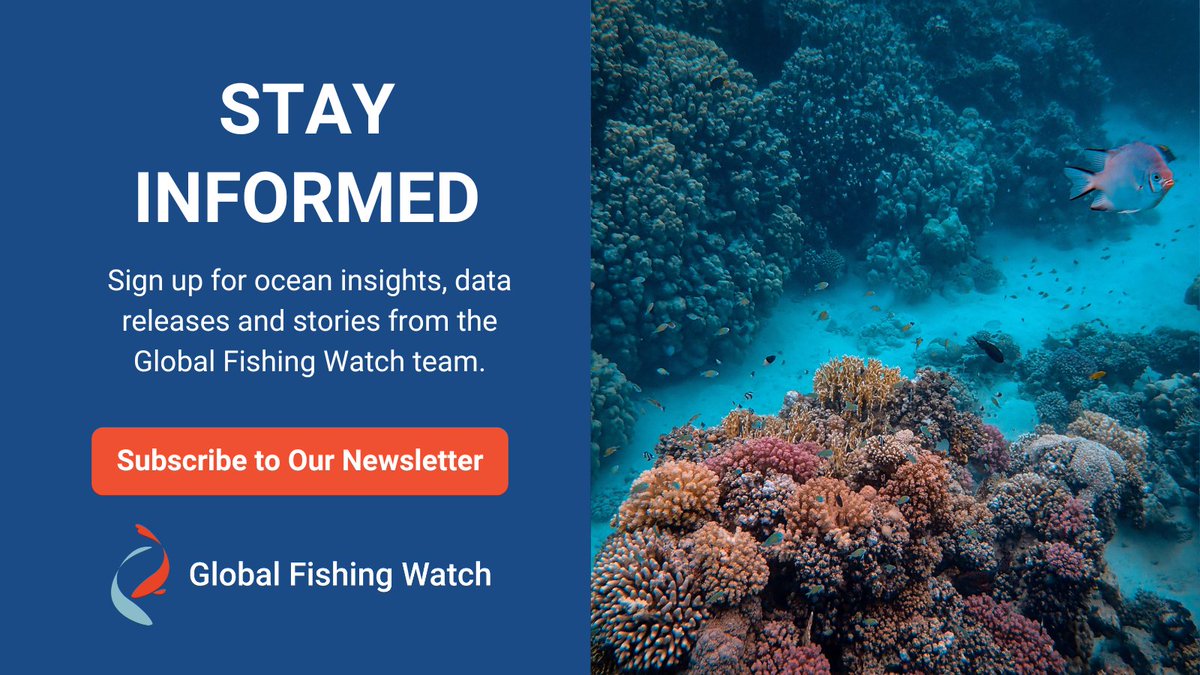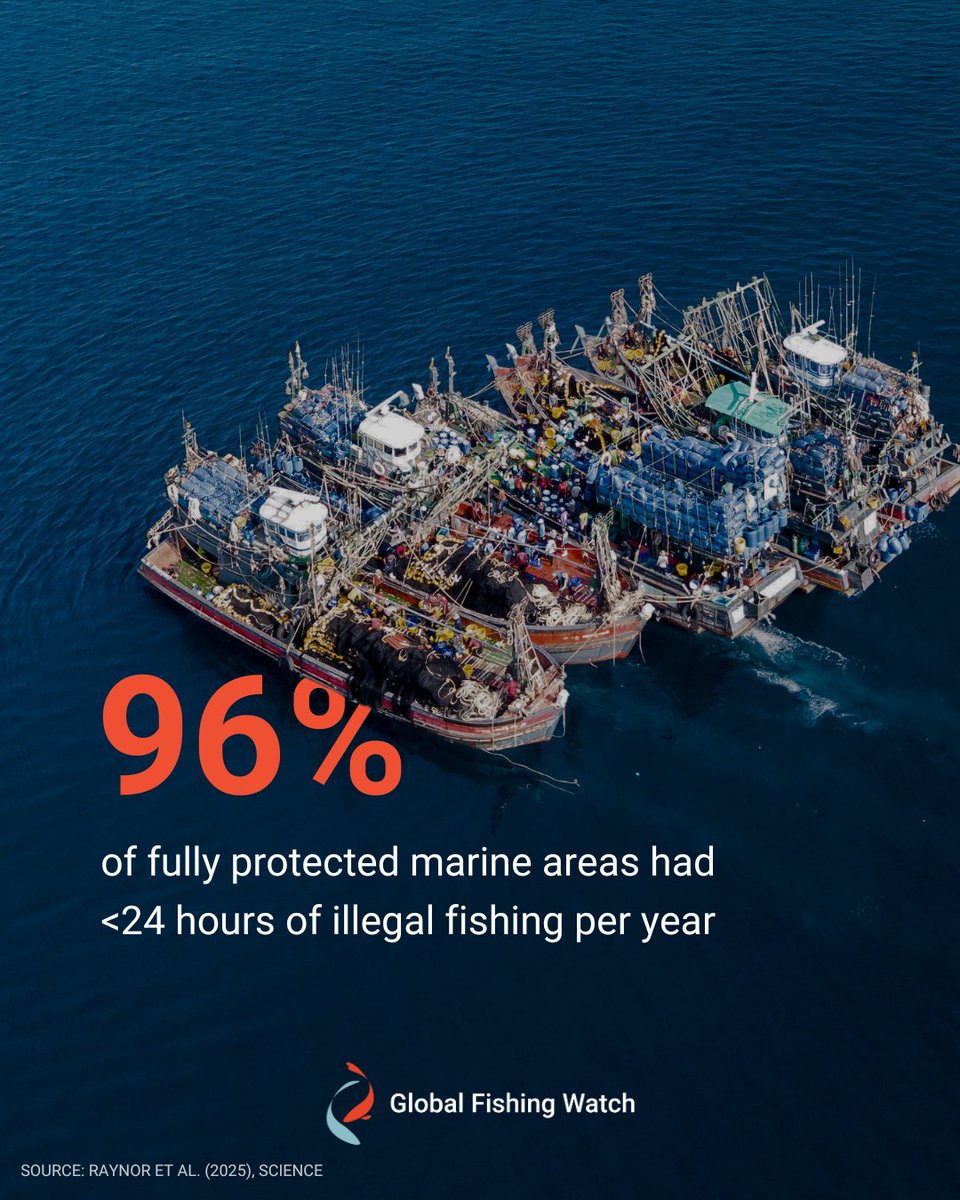
Global Fishing Watch
@globalfishwatch
Sustainability through transparency in global fishing activity
ID: 2859525629
http://globalfishingwatch.org 03-11-2014 20:58:15
10,10K Tweet
18,18K Followers
1,1K Following

Founder Enric Sala is the lead author on a new study in @nature, which reports that strategically protecting 30% of the ocean by 2030 would result in more biodiversity, a boost in seafood production, and a reduction in carbon emissions. #30x30 blog.nationalgeographic.org/2021/03/17/stu…



📣 A new Science Magazine study co-authored by Global Fishing Watch board members Jennifer Raynor & Enric Sala shows: fully & highly protected MPAs are effective at deterring illegal fishing Read more 👇 bit.ly/4lVPffK National Geographic Pristine Seas UW–Madison

🚨New study reveals: Fully protected marine reserves are proving effective at reducing illegal fishing bit.ly/4lO8p7v Jennifer Raynor , @globalfishwatch board member & lead author, shares with The Conversation Global why this matters and how advances in technology & AI make this


🛰️ Shining a light on fishing in marine protected areas. New The New York Times story highlights how #globalfishwatch data enabled two research teams, whose studies were published this week in Science Magazine, to detect ships attempting to evade tracking nytimes.com/2025/07/24/cli…


🚨 75% of industrial fishing vessels don’t appear in public tracking systems. In this PBS feature, experts from Global Fishing Watch, Bloomberg Philanthropies & Brazil’s fisheries agency explain how tech + transparency can help close the gap. youtube.com/watch?v=YPU3CE…





